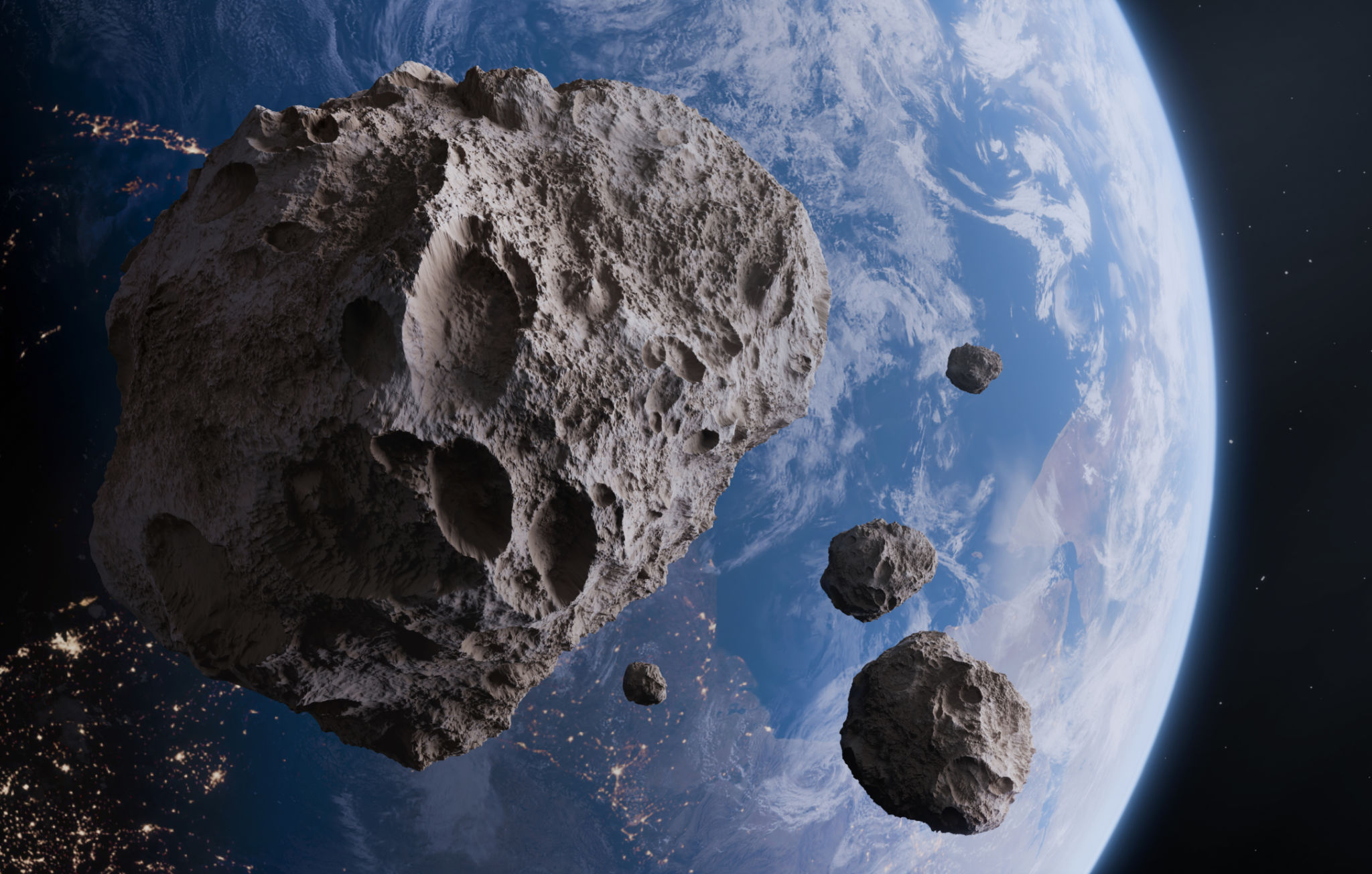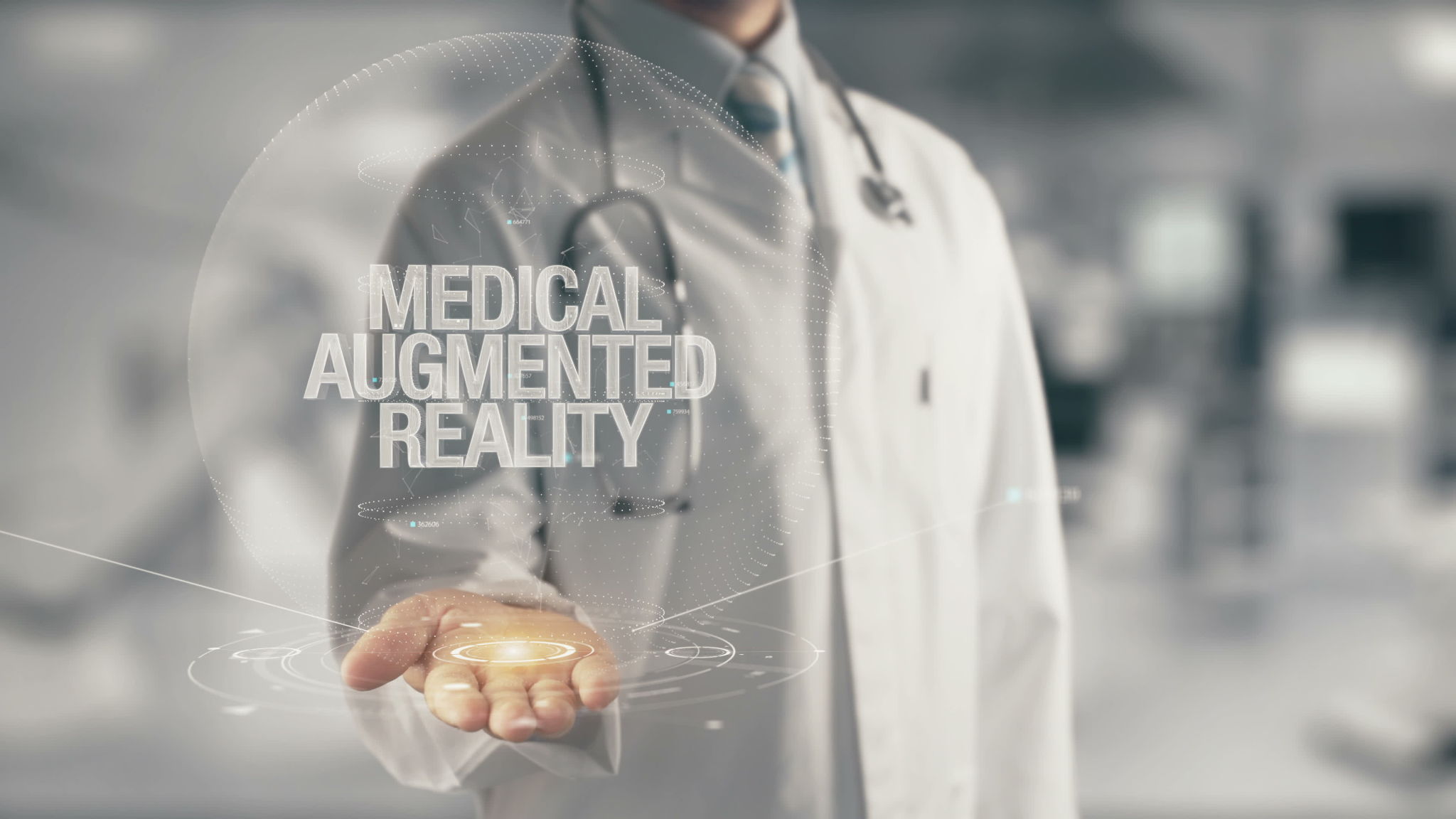The Future of Animation: Trends in 2D and 3D Design
Introduction to Animation Evolution
The world of animation is rapidly evolving, with new technologies and artistic techniques continuously transforming the landscape of both 2D and 3D design. As we look to the future, it's clear that the lines between these two styles are becoming increasingly blurred, offering endless possibilities for creators.
Advancements in 2D Animation
2D animation is experiencing a renaissance, powered by cutting-edge software and a renewed appreciation for traditional art forms. Modern tools are enabling animators to create more fluid and dynamic scenes, enhancing storytelling in ways previously unimaginable.
One significant trend is the blending of 2D and 3D elements. Animators are now incorporating 3D backgrounds and effects into 2D projects to add depth and realism without sacrificing the unique charm of hand-drawn characters.

Emerging Techniques
Techniques such as rigging and skeletal animation are becoming more prevalent, allowing for smoother motion and more complex character interactions. These methods not only streamline the animation process but also open doors for more intricate and detailed narratives.
Breakthroughs in 3D Animation
3D animation continues to push boundaries with the help of advancements in rendering technology and artificial intelligence. These innovations are enabling more photorealistic visuals and reducing the time required to produce high-quality animations.
Real-time rendering is becoming a game-changer in the industry. Programs like Unreal Engine are making it possible to see changes instantly, offering a more interactive and iterative creative process.

AI and Machine Learning
Artificial intelligence is playing a pivotal role in shaping the future of 3D animation. Machine learning algorithms can now automate tedious tasks such as rigging and texturing, allowing artists to focus on refining their creative vision.
The Role of Virtual Reality
Virtual Reality (VR) is another key player influencing the future of animation. With VR, both 2D and 3D animations can offer immersive experiences, drawing audiences deeper into the narrative. This technology provides a fresh platform for storytelling, enabling creators to explore new dimensions.
As VR devices become more accessible, we can expect an increase in animated content designed specifically for these platforms, offering viewers an engaging and interactive experience.

Interactive Storytelling
The future of animation will also see a rise in interactive storytelling. Audiences will not only watch but participate in the narrative, making choices that influence the storyline and character development. This shift will require animators to think more like game designers, creating multiple narrative paths and outcomes.
Conclusion: A New Era for Animators
The future of animation lies in the fusion of technology with artistic expression. As tools become more sophisticated and accessible, creators will have unparalleled opportunities to innovate and inspire. The blending of 2D and 3D elements, combined with advancements in AI and VR, heralds a new era where the only limit is imagination.
Animators are on the brink of a revolution, where storytelling transcends traditional boundaries, offering experiences that captivate and engage audiences like never before.
